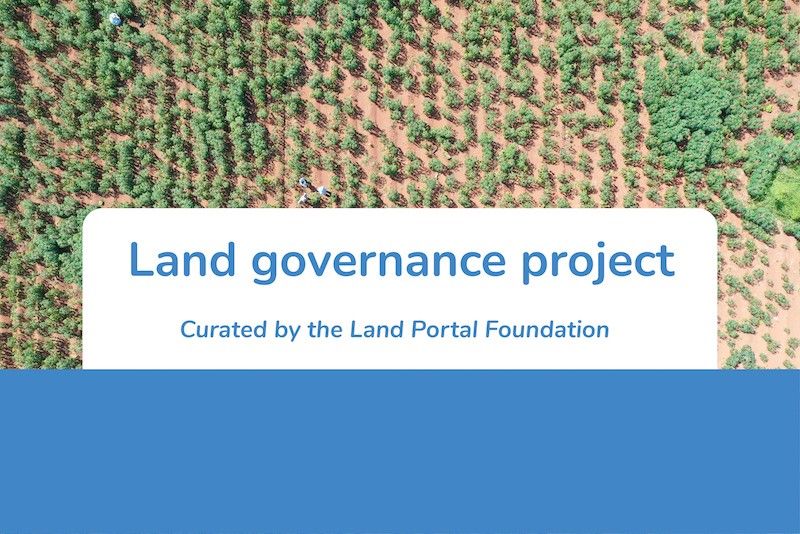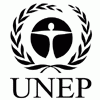Community / Land projects / Integrated landscape management to reverse degradation and support the sustainable use of natural resources in
Integrated landscape management to reverse degradation and support the sustainable use of natural resources in

€5030175.597
02/22 - 01/27
Активно
This project is part of
Implementing Organisations
Donors
Data Providers
Objectives
To initiate a transformational shift towards sustainable, integrated management of multi-use dryland landscapes in northern Namibia, building on Land Degradation Neutrality principles
Other
Note: Disbursement data provided is cumulative and covers disbursement made by the project Agency.
Target Groups
1. The project will work towards the implementation and mainstreaming of sustainable and integrated approaches to the management of dryland landscapes and decision-making regarding land use in selected landscapes in Namibia. By scaling-up SLM and SFM best practices in priority landscapes in the north of the country, the project will also have a transboundary impact (Kunene basin) complementing existing in-country and neighbouring country interventions, which will in turn contribute to the achievement of both the project and the Impact Program main objectives. The strengthened national policy and capacity on LDN and the empowerment of stakeholders in SLM/SFM/IWRM planning and implementation, in combination with the establishment/strengthening of inclusive dryland commodity value chains, will have a positive impact beyond the target landscapes.2. Global benefits from the project’s successful implementation highlighted in Table 9 and elaborated in Section (8). In summary, they comprise:· 360,200 ha of production systems, located within three target landscapes that cover 1,455,049 ha of Miombo-Mopane Woodlands, under improved management practices as a result of applying LDN response hierarchy of avoidance, mitigation and restoration. [Refer to Tables 5 and 6, respectively, for disaggregated data and descriptions of the interventions.]· Carbon benefits totalling 1,301,476 tCO2e, based on sequestration of carbon arising from the above improvements in production systems and avoidance of emissions in the AFOLU sector.3. Local benefits from the project’s successful implementation will include:· SFM/SLM practices mainstreamed across the country: Principles and evidence-based best practices of SFM/SLM will be disseminated among project beneficiaries, including local communities and national institutions. By implementing activities related to it, the project will be able to reduce key policy barriers currently challenging the country’s enforcement to prevent causes of land degradation and will bring a positive long-term impact on a part of Namibia where land degradation is the most critical issue.· Increased local capacity: Different project activities will focus on enhance key stakeholders’ capacity for handling spatial data, develop strategic partnerships, mobilize finance, and conceive projects, all related to SFM/SLM practices, creating the conditions for a collaborative landscape management. The project expects to train approximately 300+ land managers in multiple locations across the landscapes of northern Namibia (targeting at least 30% are women) with focus on skills development for SLM/SFM/LR/IWRM policies and practice· Co-benefit of GEF investment: At least 10,000 beneficiaries (40% women) from the three target landscapes (Kunene-Cuvelai: 5,500; Etosha: 2,500; Okavango: 2,000).· Value chain development: The project foresees the strengthening of viable and sustainable promising value chains identified during the PPG process. Producer organizations will be able to participate in capacity building activities, as well as have access to finance and market mechanisms, which will allow their business to develop. Thus, it is also foreseen that by contributing to the productivity and sustainability of agricultural practices and green value chain development, the project, has the potential to indirectly contribute to long-lasting improvement of livelihoods and food security, particularly in direct beneficiary communities of the demonstration landscapes.




